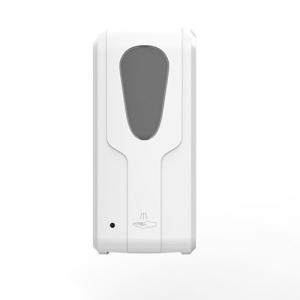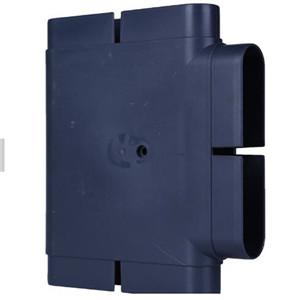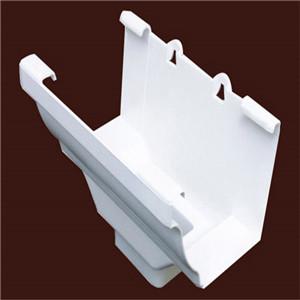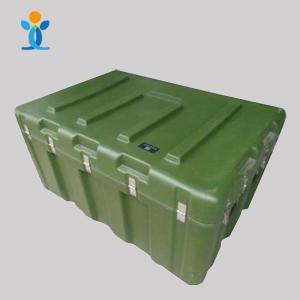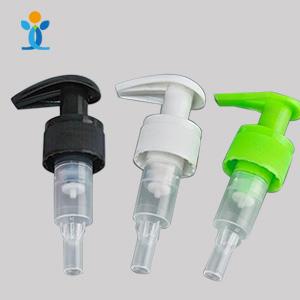Description
Tooling made from aluminum castings is by far the most common type of rotational mold. They are relatively inexpensive and can be cast, machined, and framed quickly. High-quality castings with low porosity will produce a wide range of parts with fairly intricate detail, elaborate shapes, and patterned finishes. Aluminum tools are well suited to produce air or water-tight plastic parts as well.
Aluminum molds are lightweight and transfer and dissipate heat well making them ideal for repeated cycles through rotational molding ovens. Cast tools can be modified after they have been put into production to accommodate slight changes to the design of the part.
When your part goes into production, there is no substitute for using a quality mold. A poorly designed or built tool will inevitably lead to slower production runs and mold failure ad lost production time. Yixing Technology will guide you through the process to ensure you select the right tool for your application.
Below is an overview of a typical tow cavity rotational tool.
Aluminum Cavity
The cast aluminum cavity is built with three sides. In this particular tool, the sides are formed with one seam, and the top forms a seam just below the lip of the barrel. This design produces a seam-free top.
Interior Finish
Each mold has a specific texture inside. This ranges from a highly polished, smooth surface to a deep patterned texture that forms the parts' surface.
These molds are filled repeatedly throughout the production run. A steel tube frame provides the structure to fasten the sides of the mold together creating a tight clean seal.
Bolted Fasteners
The steel frame contains regularly spaced spring-loaded fasteners, normally 6 to 8-inch harden steel bolts, to securely close the cavity during the molding cycle. Torque-limited power tools are used to carefully open and close the mold.
Alignment Tracks
Some mold components require precise alignment to ensure a clean seal and to improve cycle times. This mold used a track and wheel design to slide the top of the mold into exact alignment.
The framework is welded to a steel platform. This allows the rotational mold to be clamped onto the machine’s arm so it can rotate freely without obstruction.
Crain Hooks
Each mold will have four even-spaced hooks to easily position the mold onto the machine arm.
There are many advantages of rotational molding compared to other plastic molding process methods. Most manufacturers of hollow-type plastics usually prefer this the most in producing their products. Other terms used to refer to the process are roto-molding and roto-casting. Slush molding is also used in liquid-vinyl which is also a similar process. Rotational molding has several benefits attached to it and some of the major ones include; low residual-stresses levels and cheaper molds. The process is well known for tank manufacturing but is also used to create complex medical products and high-level aesthetics point-of-sale products.

